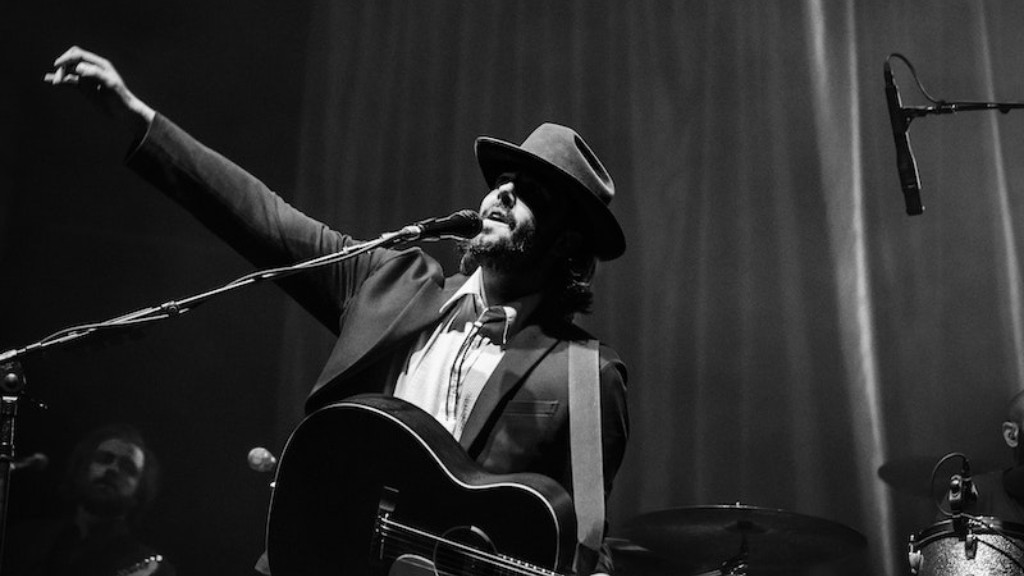Drawing Realistic Things
Drawing realistic things doesn’t have to be a daunting task. With the right tools, techniques, and tricks, you can create amazing works of art, from drawings of objects to people. All it takes is practice, focus, and attention to detail.
If you’re new to sketching, start small—you don’t need to jump in with a life-sized canvas painting. Start with still lifes—pick up a cup or bowl and draw it. Or look out your window and sketch a tree or building. Simple images are a great way to practice. As you become more comfortable with the basics, move into more complex and detailed images.
Drawing realistic things requires a knack for depth and perspective. To start, practice with geometric shapes. Draw squares, rectangles, triangles and other shapes. Even if you’re aiming for realism, sketching simplified shapes gives you a better sense of the object’s size, distance, and overall structure.
Don’t be afraid of details—they’re what makes art unique and beautiful. Sketch lightly to begin with. Aim to get the basic shapes and proportions right. When you feel comfortable, start adding your own touches—shading and hatching, shadows and highlights. Go beyond the boundaries and pay attention to details like pattern and texture.
For projects like portraiture, use a photo as a reference to help you out. Study the person’s facial features, look at the shadows and contours, and replicate the details while adding your own flair.
Perception and Attention to Detail
Your biggest tool when drawing realistic things is your perception. Pay attention to how objects interact and appear in the space around you. Surveying your subject, study the way light works on it and how the environment shapes it.
Look at how elements relate to each other, too. For example, you can use the size of an object to illustrate its distance from other elements. If you want to draw a floating balloon, for example, make it smaller than overly large trees. When you accurately capture the object’s relationship with its environment, the result is a realistic and believable sketch.
You can also study the position of an object and its relation to other elements in the scene. Look at how the object is angled. Is it sitting straight or tilted at a certain angle? As long as you pay attention, sketching objects realistically is easy.
Lastly, don’t forget to focus on details. The wrinkles in fabric, the ridges of a branch, or the intricacies of a face are all important. Take your time and be precise. The more details you focus on, the more immersive your finished work will be.
Using Color and Light
Colors are key to drawing realistic things. Study what you see in the environment and reproduce that with color. Don’t stick to one color palette. A single tree, for example, may show different colors from the canopy to the bark. Pay attention to the softer colors, highlights, and shadows that make the painting pop.
Also, study the light in the space you’re trying to capture. Some colors may be stronger in sunlight, while others may get lighter in the shade. Light and shadows also help create depth and mood, so don’t ignore them.
Another tool you can use is shadows and highlights. Capturing shadows and highlights bring objects to life. Draw a circle, for example, and make it look 3D with a shadow on the side and a highlight on the top.
These elements are often subtle but they’re important. Not putting enough attention to shadows and highlights can instantly make your work dull. The right ones, however, will help create a realistic work of art.
Perspective and Proportion
One of the most important tools you need for drawing realistic things is perspective and proportion. Accurate proportions are important for establishing objects’ relationship. A table, for example, appears small compared to a big house because of their varying proportions.
To accurately capture perspective, you should also pay attention to vanishing points—the point that indicates an objects’ distance from the observer. Study where the vanishing point is located—usually the horizon line. Objects that appear farther away from the observer have a single vanishing point; nearby objects have multiple.
Drawing grids is also a great way to establish proportion. Draw your subject over a grid and sketch each square—this prevents your object from appearing distorted. You can also see how a subject’s different elements work when drawn on a grid.
Capturing perspective and proportion is a matter of practice and observation. The more you do it, the better you’ll get. And once you master those, you’ll have no trouble creating realistic works of art.
